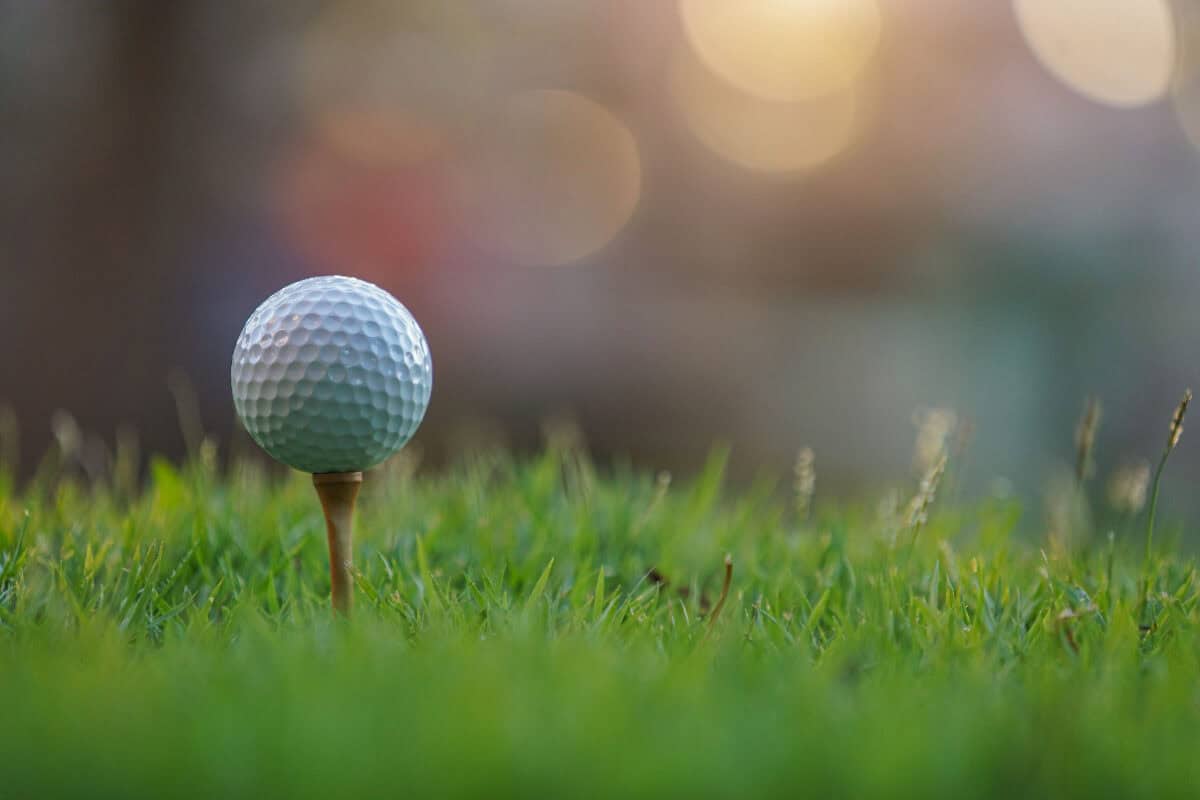What are Prior Generation Golf Balls?
Golf ball technology continually evolves with companies like Titleist, Callaway, TaylorMade, and others releasing new models annually.
As each prototype aims to improve performance, golfers are tempted to adopt the latest offerings.
But many players still rely on previous-generation balls to save money while minimizing differences. What exactly are prior-generation balls and how do they compare?
Let’s examine the evolution of golf balls, learn what qualifies as a prior generation model, and see how their performance and value stack up against current versions.

The Evolution of Golf Ball Technology
Golf balls have come a long way since the earliest feather-filled leather versions. Major materials and design breakthroughs include:
- Gutta-percha balls replaced feathery balls in the mid-19th century
- Rubber cores wound with tensioned thread emerged in the early 1900s
- The dimpled pattern was patented in 1908 greatly improving aerodynamics
- Balata covers offered a better feel and control by the 1930s
- Surlyn covers in the 1960s increased durability
- Two-piece balls with solid cores appeared in the 1970s
- Multilayer balls became prominent in the 1990s
- 21st century focus on optimizing materials and construction for ideal performance
Top brands continually innovate seeking the latest competitive advantages.
What Qualifies as a Prior Generation Golf Ball?
With companies releasing new models annually, a general rule of thumb is:
- The newest ball line just launched is the current generation
- The previous year’s model prior to the latest release is the prior generation
- Any ball engineered two or more years ago is considered an older generation
So as an example, in 2023 the Titleist Pro V1 2023 represents the current generation, while the 2022 Pro V1 is now the prior generation after the latest release.
Why Do Golfers Use Prior Generation Balls?
Here are the primary motivations golfers have for playing prior-generation balls:
- Cost savings – Prior generation is discounted by 20-30% typically.
- Minimal differences – R&D gains diminish year-to-year. Prior gen is often just as good.
- Familiarity – Let golfers continue using a model they like at lower prices.
- Availability – Readily available through used ball sellers.
While current-gen balls grab attention, well-designed prior models satisfy many players.
Comparing Prior Generation Balls to New Models
How different are prior-generation balls versus newly released models? Here are some general observations:
- New models often have fresher logos, branding, and box printing.
- Core and cover formulations get subtle tweaks annually.
- Companies highlight tech buzzwords each year like “faster” or “softer”.
- Suppliers heavily market launch periods of new balls.
- Actual measurable performance differences year-over-year are often negligible.
- Prior generation balls still utilize proven designs and materials.
So current and prior generation balls remain far more alike than different in most cases.

Key Performance Aspects of Prior Generation Balls
While marketing touts improvements, prior-generation balls deliver proven performance:
- Retain the aerodynamic dimple patterns for sustained velocity.
- Softer covers like urethane still spin well on scoring shots.
- Multi-layer cores efficiently transfer energy at impact.
- Compression ratings match current models well for most swing speeds.
- Coatings resist scuffs and shear just like new editions.
- Many players perceive the feel of the prior gen as no different than the latest.
- Bright white colors stand out against the course terrain.
You sacrifice very little going with prior-generation golf balls and save money.
When to Choose New Generation Balls
For golfers who compete at the highest skill levels like tour pros or very low handicappers, even minute incremental gains matter, warranting new-generation balls.
Situations where new-gen balls can provide slight advantages include:
- Maximizing yards off the tee
- Increasing greenside spin fractions
- Smoother ball roll on longer putts
- Improved visual optics
- Enhanced durability
But recreational players derive minimal overall benefit from these tiny gains.
Tips for Choosing Prior Generation Balls
Here are some useful tips for shoppers seeking prior-generation golf balls:
- Research model years of top balls to identify the most recent prior generation.
- Buy prior gen when released to get the freshest possible stock.
- Inspect for old stock with faded logos or yellowing.
- Ask sellers to verify manufacturing codes for freshness.
- Purchase from reputable sellers providing authentic models, not counterfeits.
- Compare prices at online used golf ball retailers to get the best deals.
With a savvy buyer approach, the prior generation performs almost indistinguishably from the latest hyped models for most golfers.
Take Pride in Your Smart Buy
Next time your buddies flaunt their brand new Pro V1s, take pride as you confidently pull out your shrewdly purchased prior-generation balls.
Then smile as you stroke them just as far down the fairway or sink tough putts with an ideal feel.
Golf ball technology progresses constantly, but solid performing prior generation balls you can buy smarter provide everything you need to shoot lower scores.
With research and realistic expectations, picking up prior-generation balls means picking up extra strokes on your friends.
